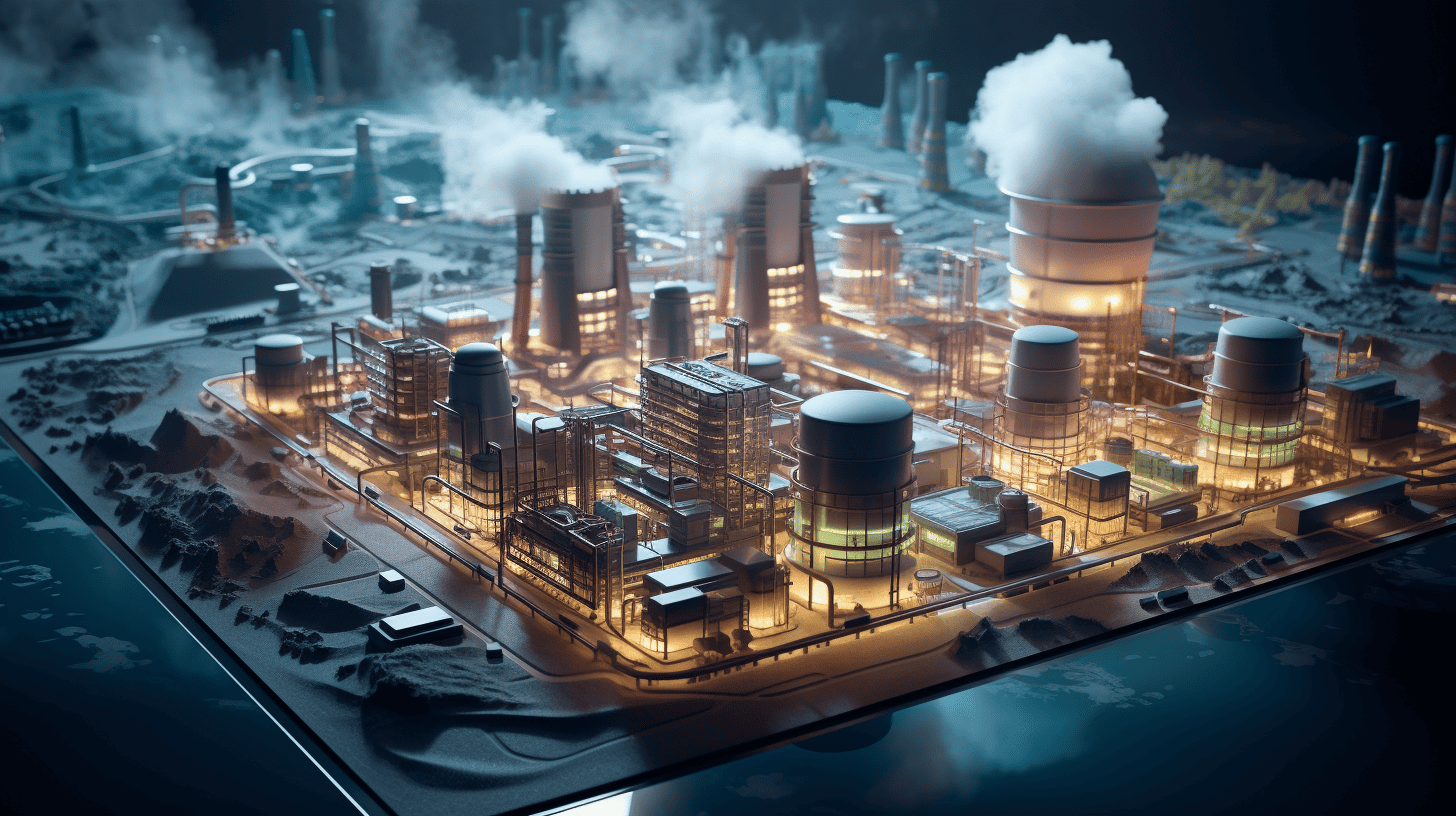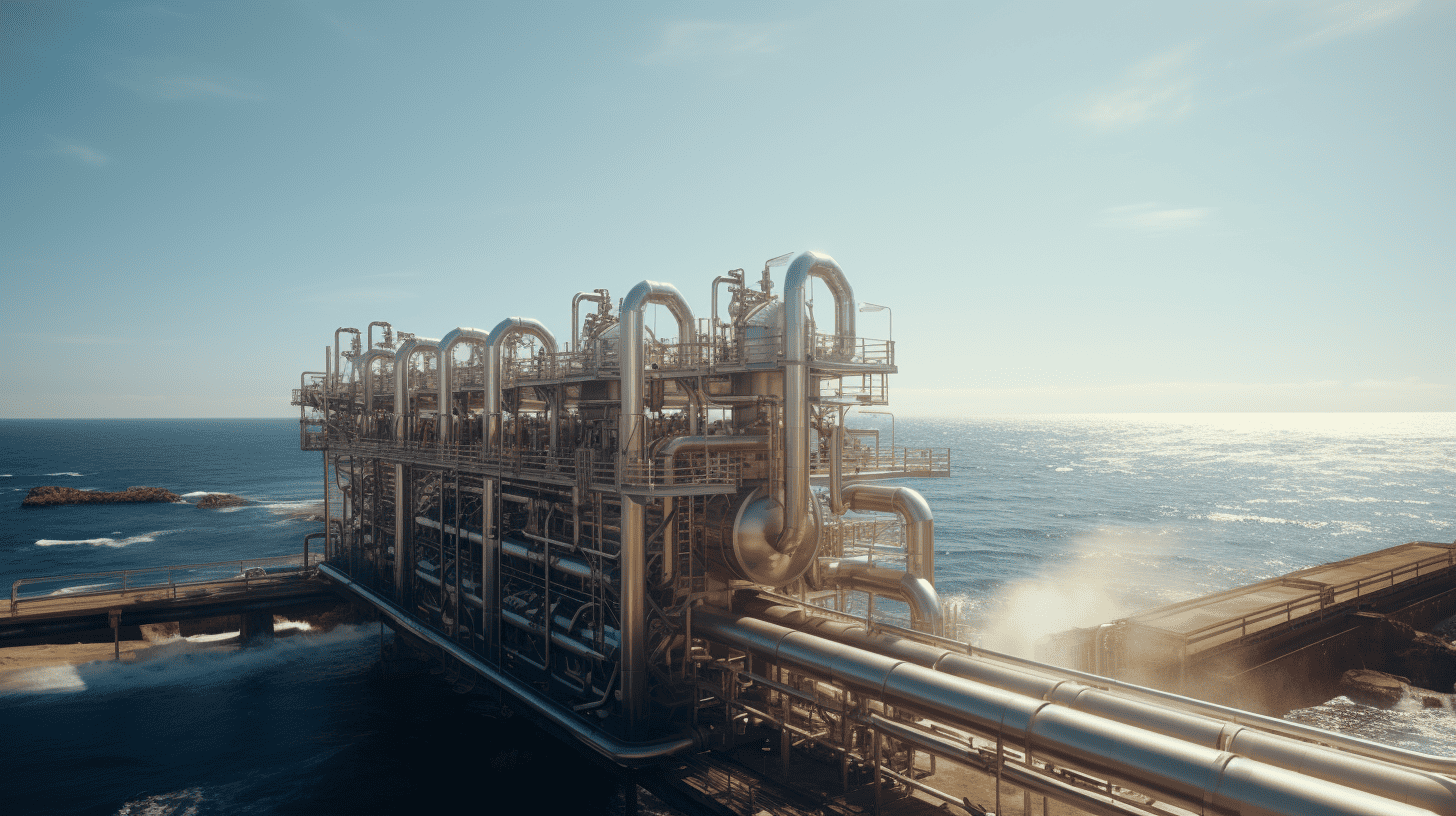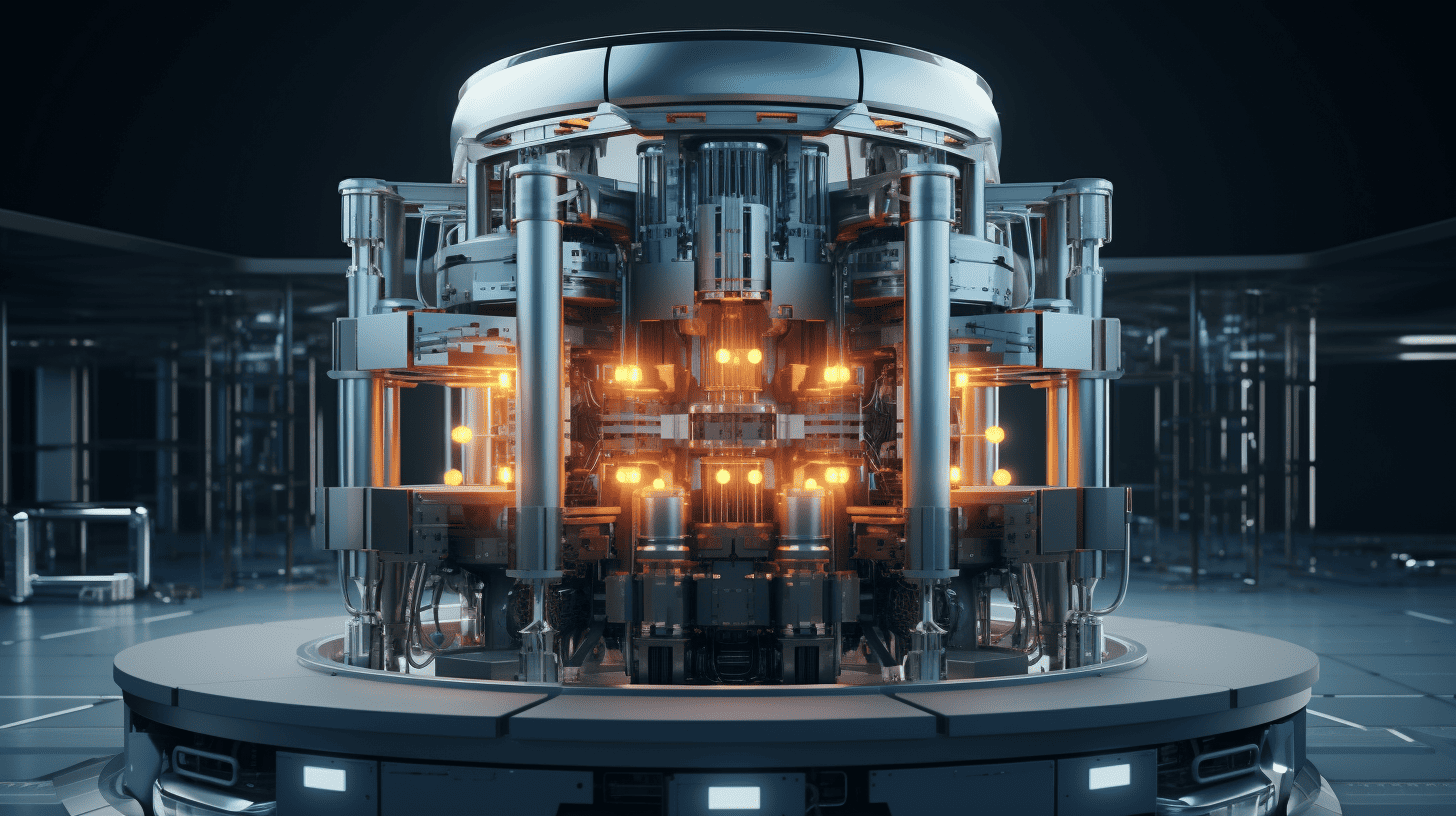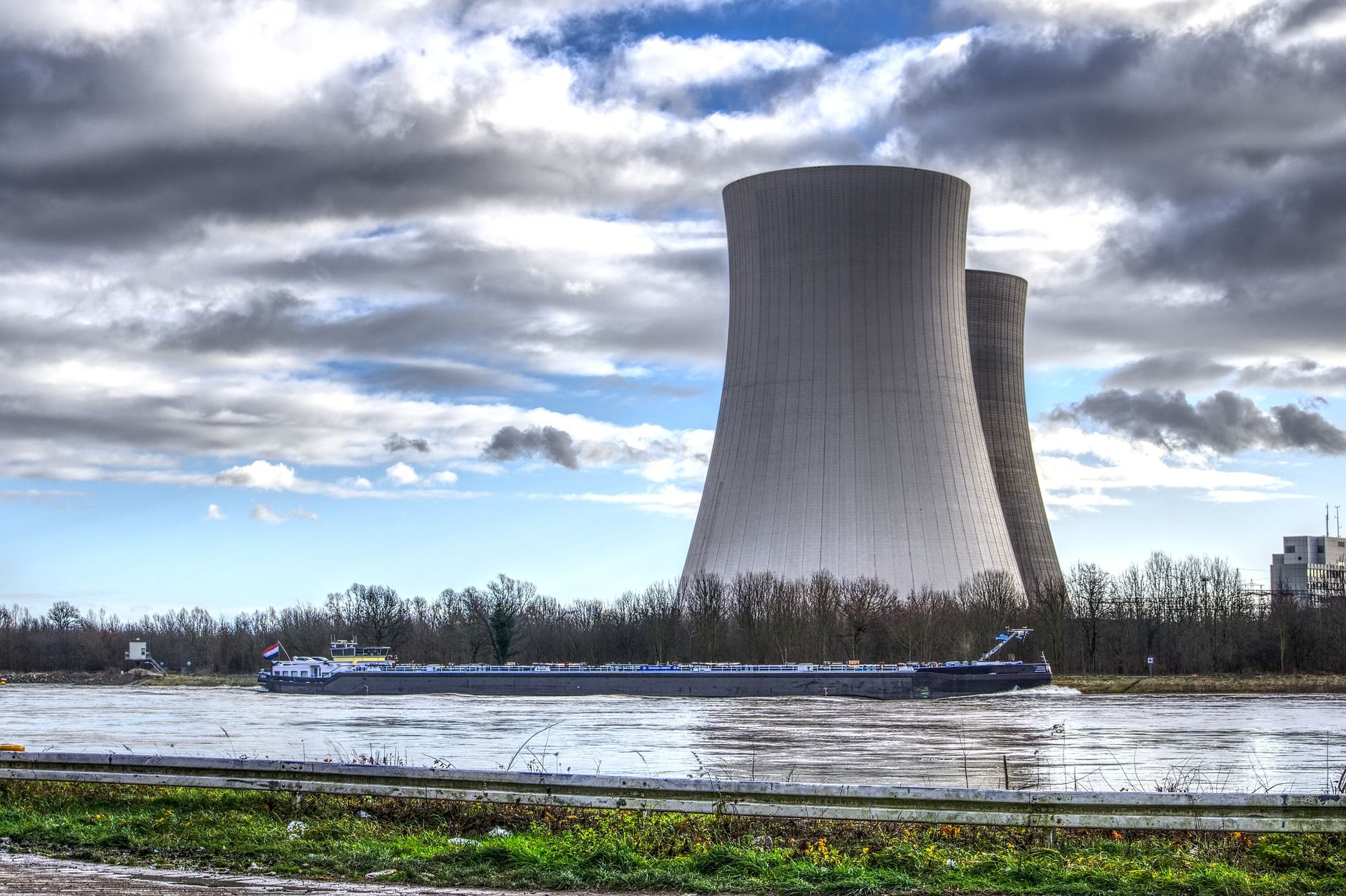
First, let’s wrap up the status of the debate:
- Politically, nuclear energy is a less thorny issue than in the past.
- Technically, the possibilities, mainly thanks to small reactors, have grown considerably.
- Costs are still significant, as is preparation time.
- Specialized personnel for construction and operation are scarce.
- The small group of producers chooses sites with the harshest guarantees.
- The same is true for investors: without longer-term guarantees, no money will come.
Reports on the feasibility of nuclear power abound at all levels. The whole world is working on the subject, prompted by energy scarcity issues and a necessary transition. But does that mean the way is clear for building one or more power plants in the Netherlands by 2030? In theory, yes, but in practice, it may be much slower.
Nuclear energy is still an issue with fervent supporters and opponents. But unlike the debate on fossil energy generation, positions are not divided along traditional lines. This has everything to do with the fact that nuclear power is CO2-neutral (and thus very green) but also produces radioactive waste that doesn’t quickly disappear from the earth. Modern, mostly smaller power plants have improved the latter aspect but have not eliminated the problem. Safety is also a recurring theme, fueled by disasters such as Fukushima and Chernobyl. At the same time, years of experience worldwide have taught us that it is one of the safest ways of producing energy. “It’s like the comparison between an airplane and a car,” says Aaldrik Haijer, managing director of Water & Energy Solutions. Working for several developers and investors in the industry, his company is well-versed in the latest developments surrounding nuclear reactors. “We know the airplane is safer, but still, people have a different feeling about it than a car. New power plants, in particular, are well prepared for anything between human failure, terrorism, and natural disasters. When nuclear power is concerned, the difference between reason and feeling must be brought closer together.”
Climate goals
Nuclear power can contribute to climate goals, according to the central government, because little CO2 is released during generation. The only nuclear power plant in the Netherlands is in Borssele and supplies about 4% of the electricity used in the Netherlands. This power plant has an electrical capacity of 485 megawatts of electricity. This generates around 4 million megawatt hours annually and delivers it to the electricity grid. That’s enough power for a large city, including streetcars, trains and a major airport.
Energy security
Last year, TNO produced a report for the province of Brabant addressing the main questions surrounding the feasibility of nuclear power. The province of Limburg recently did something similar, and these two provinces are far from the only ones. Why the sudden urgency? Most important, energy security and energy costs are under pressure from all sides: the Paris climate agreement, the war in Ukraine, and the desire to no longer be dependent on powerful countries have intensified the view of a nuclear solution. On top of that, smaller power plants, so-called SMRs, have been developed by various parties. Their applicability is also greater than classical variants because, for example, they can be built modularly and no longer require a vast unbuildable safety ring around the plant.
The time is ripe for it, you might say. But does that also mean that, besides the existing one in Borssele, we will soon see one or more new plants in the Netherlands? “It is only possible if you take the first steps now, both from the government and from the developers and investors,” says Haijer. “It starts with an appropriate zoning plan so that you can apply for an environmental permit.” Specifically, that means the state or province must designate a site. An area with heavy industry and the presence of Tennet’s 380 kV high-voltage substation is most interesting for this purpose. The site’s designation can be done either by the province or from the national coordination scheme. “But be aware that such trajectories take several years, also because of opportunities for public consultation and legal deadlines.”
Guarantees
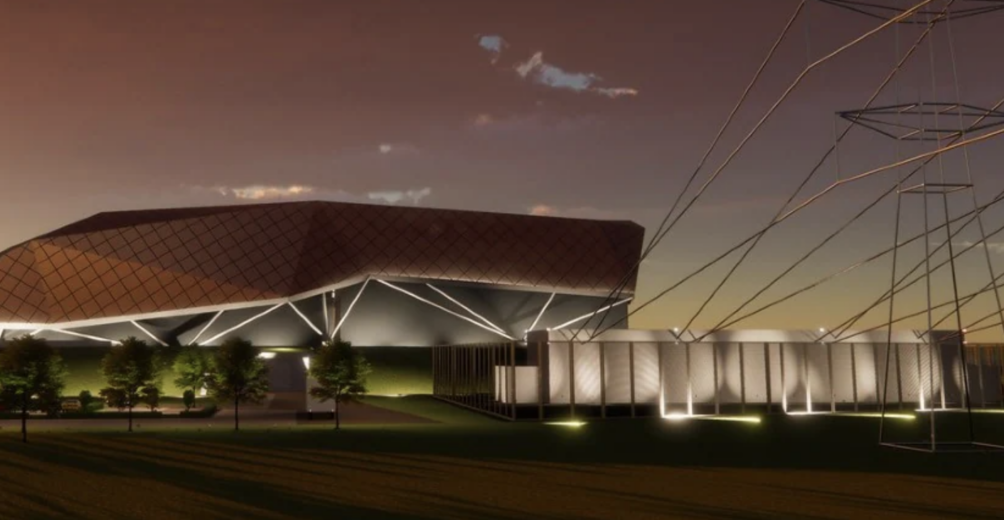
As long as there is no certainty about the location, no developer or investor will want to burn his hands on a large project like this, Haijer expects. “Even an SMR power plant needs investments over a billion euros, no one takes that step without a reasonable degree of certainty.” That means there must be guarantees from the government: not only about the location but also that the plant will still be allowed to operate 20 years from now. “So it’s not primarily about offering subsidies, but much more about offering perspective. The question, though, is whether a province can do that without the state’s consent.”
In addition, there must be certainty about the technology. Haijer: “If you wanted to build an exact copy of a power plant that has already proven itself, it doesn’t have to take decades. You see that now in Asia and the Middle East. But what you would like is to make improvements based on the years of experience that have been accumulated. Then there’s the choice between large power plants or smaller SMRs. The risk of large power plants is that they are mega-projects, where delays quickly cause significant cost increases. We’ve seen plenty of that in recent years.”

Much of what you need for an SMR can be built in a plant elsewhere in the world, Haijer adds. “Also because you can produce series, costs go down. And because you standardize, you also know how to connect other equipment you need, such as cooling systems. The same way every time. So you go from large custom projects to smaller installations that you build as a series in countries where labor costs are lower. So SMRs can be put down both faster and cheaper.”
The time frame in which a new nuclear power plant can be commercially operational consists of the preparation time, the actual construction time, and the permitting process. Each of those components depends on the choices you make. For example, a generation 3 plant is already somewhat more advanced than a generation 4 plant, and this entirely new technology will require additional preparation time. Although the renewed focus on nuclear energy is accelerating developments, TNO estimates that a real boost in nuclear power plants will not be possible for another 20 to 25 years. Haijer: “That’s a bit late to deploy them for urgent climate goals in 2030, but not unimportant for cost-effective energy supply security in the longer term.”
Labor market
And then there is another challenge, even if you bet on available technology: there have to be parties who can do this within a tight time frame, with qualified people to design, build and operate the plant. “That’s not easy if you look at the labor market. Just try to get technical staff, let alone with a nuclear physics background. And there have yet to be companies you can buy it all from. Some have picked this up now, but the market is not very big – which is understandable after all those years when hardly any nuclear power plants were built anywhere.”
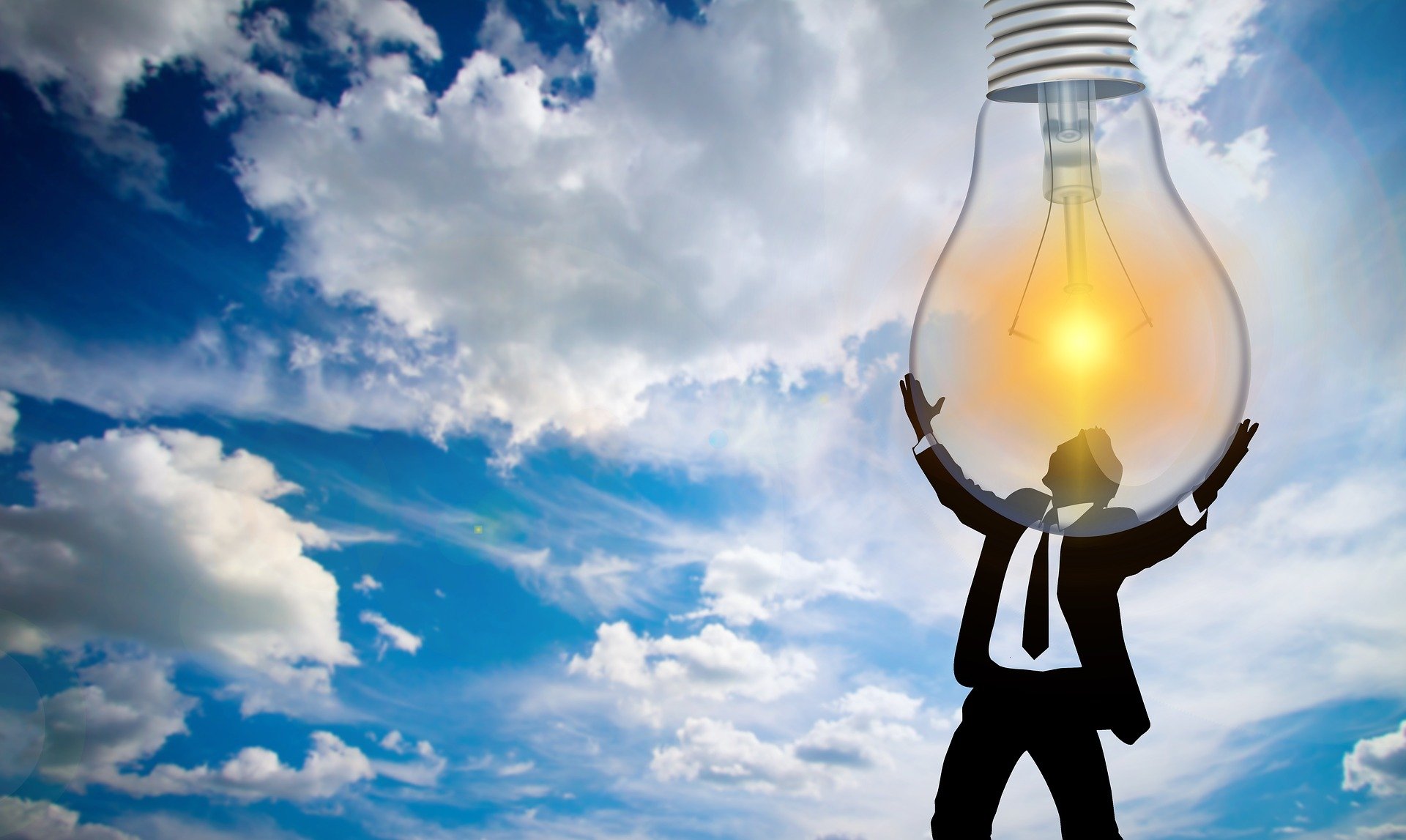
The recent study for the province of Limburg (September 2022) does provide a somewhat more optimistic outlook. “Mini-SMRs and SMRs can both be an option,” it concludes. For mini-SMRs, that’s as early as around 2030, for regular SMRs around 2035, the report says. The researchers, who only looked at the technical prerequisites, even see possibilities to make it all happen even faster. “But only with a focused nuclear program in the Netherlands.”
TNO also sees economic barriers that may deter investors. High investments and low variable costs characterize nuclear power. Recouping these investments requires making as many hours of operation as possible. However, electricity production from solar and wind have even lower variable costs than nuclear power plants, TNO says. “This means that in an energy market where solar and wind can meet the electricity demand for a large part of the year, the number of hours the nuclear power plant is in operation will decrease significantly. As a result, it will no longer be possible to recover investment costs.” The only way out then is to use the nuclear power plant to produce hydrogen, but society must be prepared for that.
Five billion
Despite his enumeration of conditions, barriers and objections, Haijer remains optimistic about nuclear power. “It is a gigantic challenge, but it can be done. You have to start now with determining a location, arranging necessary permits, and organizing guarantees that can win a party over.”
In this regard, Haijer sees a bright spot in the five billion euros made available by the Dutch government. “With this, you could positively influence the costs in the preliminary phase and lay a basis for the necessary guarantees. That is essential because with it, you can offer an investor or a developer perspective. Keep in mind that those parties see the whole world as their purview. They will never be able to focus on more than a handful of locations. The sooner the necessary guarantees are in place, the greater the chance of realization.”



